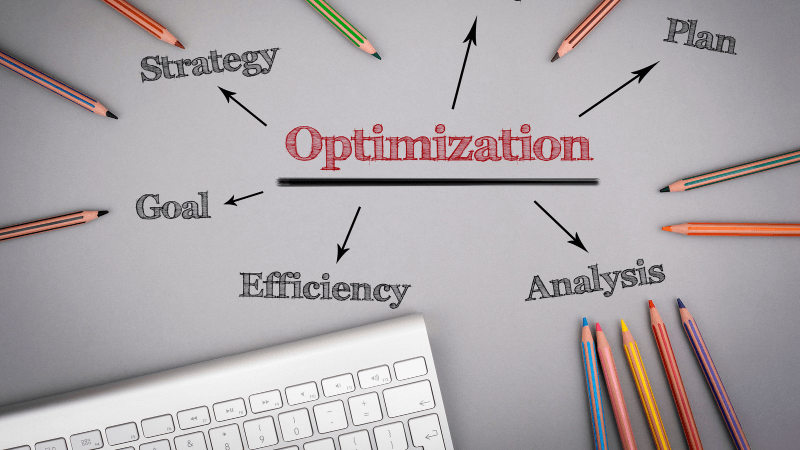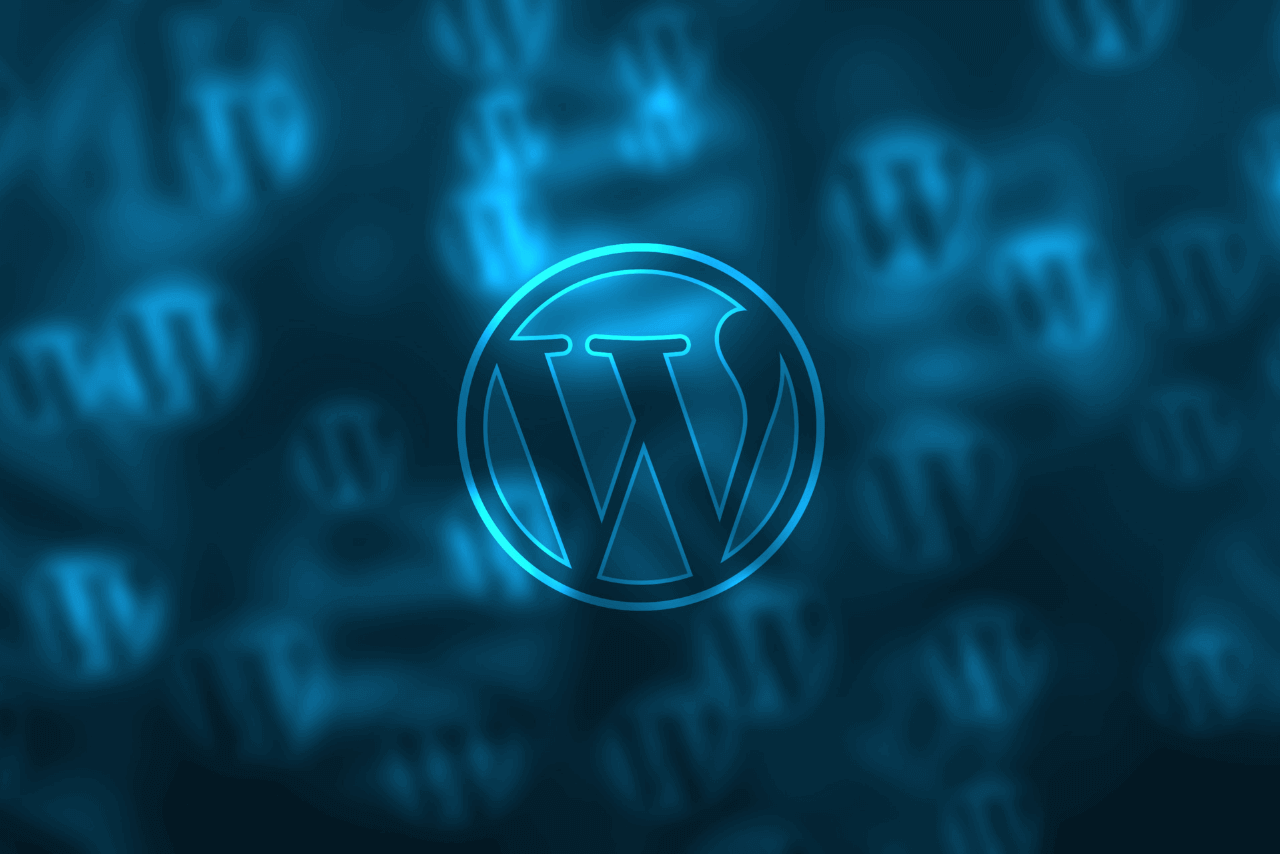Website speed is more important now than ever. A site that takes longer than expected to load can lead to significant revenue loss. It’s best if your site loads in under 2 seconds, and anything longer than that will only cause surfers to bounce away. You do not want to lose to your competition on account of only a few seconds. So what do you do? How do you increase your website speed? In this post we will examine 8 ways to increase the speed of your website.
This list is by no means exhaustive. There are dozens of ways of increasing your website speed, and some are methods that require advanced knowledge. As someone who has ventured into the world of blogging, there can be many things that we don’t understand. An experienced programmer can help, but the above steps can be undertaken by those with a basic though solid knowledge of WordPress.
Here are 8 ways to speed up your WordPress website:
This post contains affiliate links. Please read our disclosure.

1. Optimize Photos

Millions of website visitors see photos every day. Unless you have a photo blog, your photos may be on a website that’s not optimized for photo viewing. Sites where people generally view photos (online stores, social media sites like Facebook and Instagram) often have different photo display standards from those used by newspapers or traditional websites. Website speed is critical to user experience. In fact, Google cites loading time as one of the top reasons why people leave a website, regardless of whether they convert or not. Optimizing photos for website speed can be a big win for your business. Not surprisingly, optimizing photos can take some time and effort—but it’s definitely worth it if you want to keep your users happy and contented. When a visitor arrives on your website, the first thing they see is probably the photos. If you have high-quality photos that load quickly, it will make a great impression and encourage them to stay longer. Optimizing photos is one of the top things you can do to improve website speed. Ideally, you’ll want your photos to be under 100 KB, but that is not possible with some pictures. What we like to do here is have our photographer minimize these photos prior to sending it to us. We like to use TinyJPG. if your photo is above the recommended size, then simply upload the photo and it will provide you with a smaller size version. Or you could use a plugin. Autoptimize is another option we recommend.
2. Use a Fast Theme

If you’re like most people, your website probably isn’t as fast as it could be. Why? Because a slow website is frustrating for both visitors and webmasters alike. There is an easy solution: use a fast theme! A fast theme speeds up your site by optimizing it for faster loading times. Plus, using a fast theme can also improve the overall look and feel of your site–making it more user-friendly and attractive. If your website is slow or you’re struggling to keep up with the latest SEO trends, it might be time to consider a fast theme. A fast theme will not only make your website loads faster, but can also help improve your site’s SEO ranking potential. There are a number of popular themes that come loaded with features designed to speed up your website, so read on for tips and instructions on how to use these themes successfully in order to achieve optimal performance. Do you like a particular theme but are concerned that it’s a bit too slow for your website and will cause many loading problems? If that’s the case, then shop around for a theme that is compatible and that won’t give you trouble.
3. Opt for a CDN

One of the biggest factors in how quickly your page loads is the amount of time your DNS lookup takes. Say for instance your website is located in California. When someone visits, a check has to be done to determine where your network is located. If your visitor is in Europe, then they will have to wait until such moment that the DNS has completed its lookup in your own location. What if you could instantly provide access to your website to a visitor who is in France? That is possible. A CDN is a content delivery network, a network of distributed content servers. When you use a CDN, your website can benefit from increased performance by caching frequently-accessed files closer to your users’ browsers. This means that website visitors will experience less latency when loading pages and will see faster load times overall. As the Internet continues to grow, so does our reliance on websites that are fast and responsive. Unfortunately, not all websites are built with this in mind, which can lead to frustration for users who experience slowdowns or page errors. A CDN (content delivery network) speeds up website loading times by serving cached versions of webpages from remote servers. CDNs also offer enhanced security and performance because they redirect traffic away from less reliable parts of the Internet. Simply subscribe to a DNS service provider, and anytime someone visits your website, the DNS will connect into a local version of your page. Sounds simple, but this is a powerful technique that you can use to increase the speed of your website.
4. Disable Google Fonts

Many people use Google Fonts to add a touch of personality to their websites, but if you’re looking to speed up your website, disabling them can be a good idea. By default, fonts are cached and loaded from Google’s servers when you visit a page with them enabled. Disabling these custom fonts will mean that you can avoid loading the font files each time you visit your site. This will save both time and bandwidth on your site. You can also use a CDN (content delivery network) to cache copies of these fonts so that they are loaded from a remote source instead of being downloaded each time someone visits your page. In order to do this, you can install a plugins that will offer you the option to not load Google Fonts. There are a few ways you can disable Google Fonts on your website to save speed and make your website look nicer. One way is to use the @font-face rule in your CSS, like this: @font-face { font-family: “Avenir”; src: url(“//www.google.com/webfonts/arteniu/ Avenirregular. Check your website speed at Google PageSpeed Insights and see the difference.
5. Minify and Combine Files
Regularly combining files to magnify your website speed is one of the best tips for making your site faster. Minifying and combining files is a common strategy for improving website speed. By reducing the number of requests made to the server, you can minimize delays while loading pages. Minifying a file involves removing unnecessary formatting, code, and whitespace. Here are five simple ways to do this: – Combine images into a single file before uploading them to your website. – Compress CSS, JS and HTML files using a compression tool such as gzip or deflate. – Remove unused meta data from webpage files by running an online compression tool like upc.com or encodeuri. – Use server caching to reduce the number of requests your website makes to the web servers. – Combine your CSS, JS and HTML files into one file before uploading it to your server. WP-Optimize is a powerful WordPress plugin designed to enhance website performance by optimizing and cleaning up the database. With its user-friendly interface, it streamlines database management, eliminating clutter and redundant data to reduce site loading times significantly. The plugin compresses images without compromising quality, freeing up valuable space and ensuring faster page loading. It also enables caching mechanisms and minifies CSS and JavaScript files, further accelerating website speed. WP-Optimize‘s automated scheduled optimization ensures continuous maintenance, making it an essential tool for webmasters seeking improved site speed and enhanced user experience, ultimately leading to better search engine rankings and higher visitor retention.
6. Move to a Faster Host

Switching web hosting providers can make your website up to 30% faster. It’s important to note that when you do move to another host, all of your files will be transferred to your new host. From there, they will ensure that your site is delivered as quickly as possible to your potential customers. There are a number of hosts that are cheaply priced, though we encourage you to try them out or read on reviews before dedicating an entire year. Managed hosting is your best bet, and once you see the results of the switch, you’ll stay and concentrate on the other aspects of your blog that need improvement.
7. Clean Up Your Database

Your website is one of your biggest marketing tools, but if it’s slow or overcrowded with outdated data, users will skip over it. A common solution to speeding up a website is database cleanup–getting rid of old pages, posts, and images that no longer serve any purpose. Keeping your WordPress website fast is critical for Google ranking and pageviews. Improving site speed can be done in many ways, from increasing keyword density to optimizing images and CSS files. One of the quickest ways to speed up a WordPress site is by cleaning up your database. This includes deleting unnecessary posts, pages, comments and other data that slows down your website’s retrieval time. In time, as your blog grows and as you begin to deliver more content to your readers, you will find that your site becomes slower due to blow. Load is the leftover unneeded information and cold that is left in your system, even after you’ve deleted plugins.
8. Disable Hotlinking of Images

One of the most common ways people speed up a website is by disabling hotlinking. This practice is where an image on your site is linked to from another site without first asking for permission. Disabling hotlinking will mean that other websites can no longer automatically link to your images. Some website owners are concerned about the effects of hotlinking images on their websites’ performance. A study from Google showed that pages with hotlinks had a slower download time than those without. No one likes to have their stuff stolen, and it’s unfortunate but they are sites that will steal or at least try to photos. This is known as hotlinking. This occurs more often than not, and when it happens your bandwidth slows down. You can prevent hot linking by adding a few lines of code in your .htaccess file. Note that this is not something we recommend to beginners to do themselves. If you must, hire an experienced programmer or technician.
Conclusion
As the Internet continues to grow, so does our reliance on websites that are fast and responsive. Unfortunately, not all websites are built with this in mind, which can lead to frustration for users who experience slowdowns or page errors. A faster site will mean more business for your blog or brand. Along with writing blog posts and providing valuable information to your potential clients, you’ll want to streamline as much as you can to make it easier for them to work with you.
To discover proven methods that really work, be sure to read our guide: How to Monetize Your Blog: A Guide for Beginners.
Daniel Zohar is a passionate entrepreneur and digital marketing expert with a strong focus on business and affiliate marketing. With over 10 years of experience in the industry, he has gained valuable insights and strategies that he is eager to share with others. Through his writing and speaking, Daniel aims to help others achieve success in business and affiliate marketing, using his own experiences as a guide. In addition to his work as a writer and speaker, he is a successful business owner and consultant, helping companies and individuals reach their goals in the digital world.
You Might Also Like:
- How to Find the Right Influencer for Your Brand
June 23, 2024 - 9 Best Niches for Affiliate Marketing in 2025
January 7, 2025 - 16 Affordable Hosting Options for Your Blog in 2025
February 21, 2025 - Comedy Sells: How to Make Your Business Memorable with Humor
January 6, 2023 - 100 of the Most Beautiful Words in the English Language
April 8, 2024
